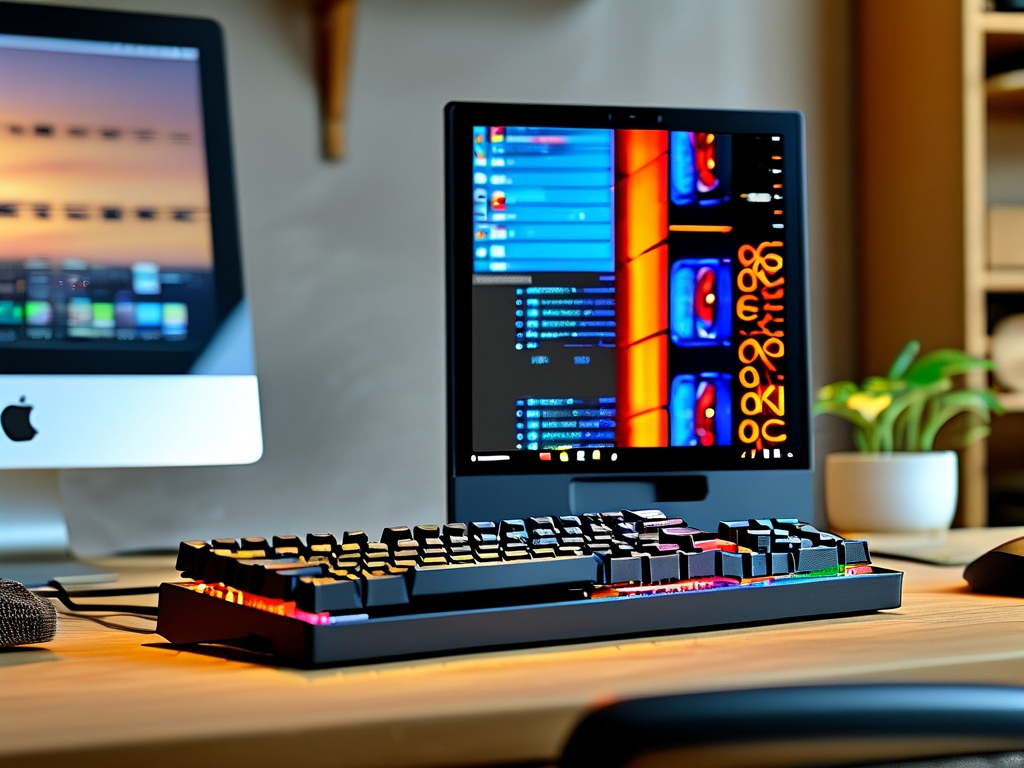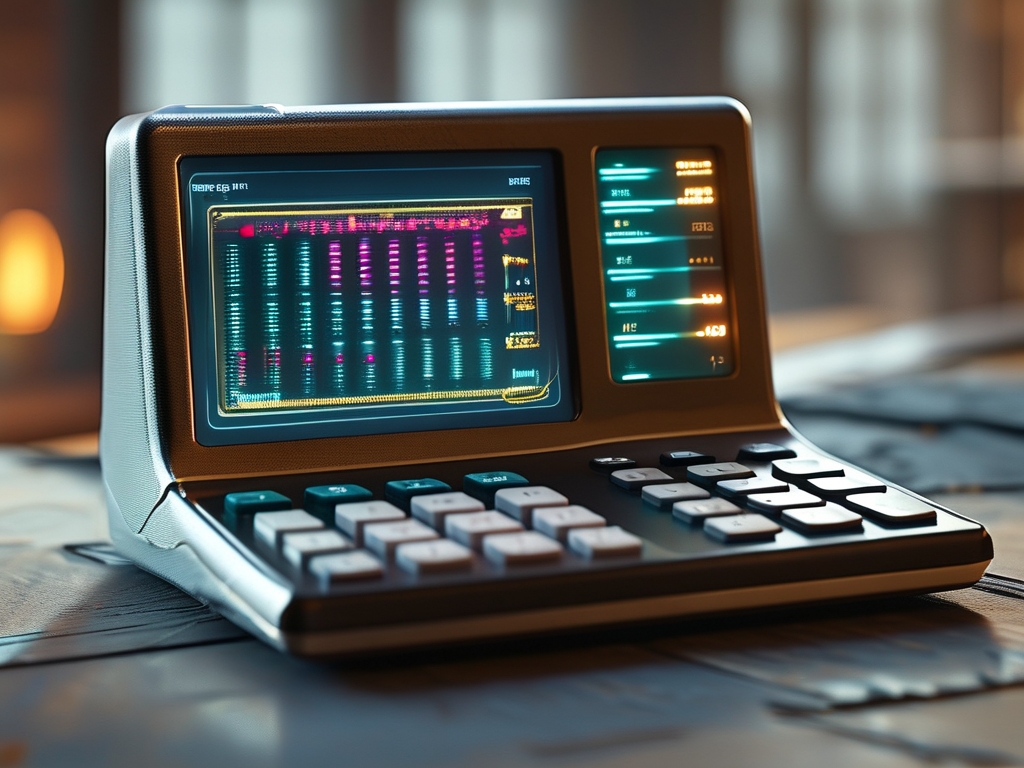In the rapidly evolving landscape of computer technology, the demand for higher performance and multitasking capabilities continues to grow. One innovative solution that has emerged to address these needs is the Computer Memory Docking Station. This device, often overlooked in mainstream tech discussions, plays a pivotal role in expanding system capabilities, particularly for users who require additional memory bandwidth without overhauling their entire setup.

Understanding Computer Memory Docking Stations
A computer memory docking station is an external hardware device designed to augment a computer's existing memory infrastructure. Unlike traditional RAM upgrades, which involve physically installing new memory modules onto a motherboard, a docking station provides a plug-and-play solution. It connects to a computer via high-speed interfaces such as Thunderbolt 4, USB4, or PCIe, enabling users to expand their system's memory capacity or even integrate specialized memory types like GDDR6 or HBM (High Bandwidth Memory). This flexibility is particularly valuable for professionals in fields such as video editing, 3D rendering, and data science, where large datasets and complex computations demand rapid access to vast amounts of memory.
How It Works: Bridging Internal and External Memory
The core functionality of a memory docking station lies in its ability to create a seamless bridge between a computer's internal memory and external memory modules. Modern operating systems and applications increasingly support memory tiering, a technique that prioritizes frequently accessed data in faster, internal RAM while offloading less critical data to external storage. A docking station takes this concept further by allowing external memory modules to function as an extension of the primary RAM. Advanced models even employ intelligent caching algorithms to optimize data allocation dynamically.
For example, a graphic designer working with 8K video files might use a docking station to add 64GB of external DDR5 RAM. This setup reduces reliance on slower SSDs or HDDs for temporary data storage, dramatically accelerating rendering times. Similarly, software developers running multiple virtual machines can allocate dedicated external memory to each instance, ensuring smoother performance.
Key Benefits of Memory Expansion Docks
- Cost-Efficiency: Upgrading a computer's internal RAM often requires purchasing compatible modules and may void warranties. A docking station eliminates these risks, offering a reusable and portable alternative.
- Scalability: Users can incrementally expand memory based on evolving needs. For instance, a docking station with four slots might start with 32GB and scale to 128GB as workloads grow.
- Specialized Use Cases: Certain industries benefit from niche memory types. A docking station equipped with ECC (Error-Correcting Code) memory, for instance, enhances reliability for servers or scientific computing.
- Portability: Professionals can carry a single dock between multiple devices, ensuring consistent performance across laptops, desktops, or even single-board computers.
Challenges and Considerations
Despite their advantages, memory docking stations are not without limitations. Latency remains a critical concern-external memory inherently introduces delays compared to onboard RAM. However, advancements in interface speeds (e.g., Thunderbolt 4's 40Gbps bandwidth) have mitigated this issue significantly. Compatibility is another hurdle; not all systems support memory expansion via external docks, and driver/software integration can vary.
Additionally, power consumption must be addressed. High-performance memory modules require substantial energy, which may drain laptop batteries or necessitate external power supplies. Users must also weigh the cost of premium docks against traditional upgrades-a high-end docking station with 128GB RAM could exceed $1,000, whereas internal upgrades might be cheaper.
The Future of Memory Expansion
As computing trends shift toward modular and eco-friendly designs, memory docking stations are poised to become mainstream. Innovations like CXL (Compute Express Link), an open-standard interconnect, promise to further reduce latency and improve coherence between internal and external memory. Meanwhile, the rise of ARM-based systems and heterogeneous computing architectures will likely drive demand for flexible memory solutions.
In , computer memory docking stations represent a transformative tool for both casual users and enterprises. By breaking the physical constraints of traditional RAM, they empower users to tailor their systems to exacting requirements, fostering creativity and productivity in an increasingly data-driven world. As technology continues to advance, these devices will undoubtedly play a central role in redefining what's possible in personal and professional computing.



